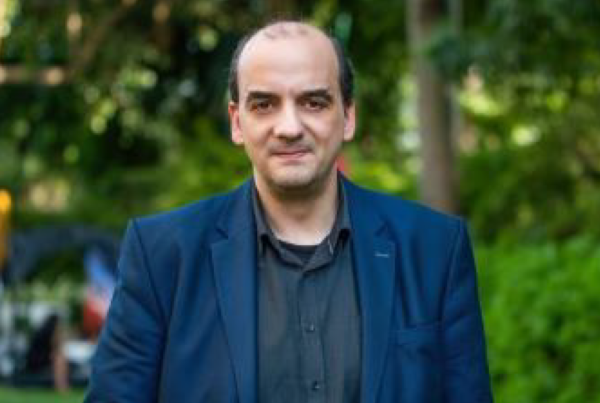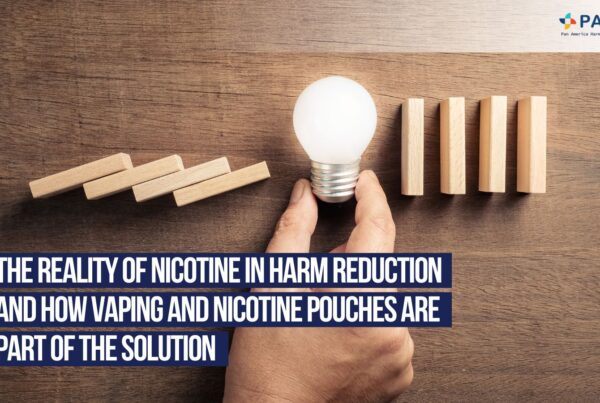
The guidelines outline several evidence-based recommendations but fail to include novel nicotine alternatives. The World Health Organization (WHO), on July 2, 2024, published the first-ever clinical treatment guidelines for smoking cessation. The 76-page document outlines multiple evidence-based strategies that support tobacco cessation in adults, recommending pharmacological treatments, Nicotine Replacement Therapy (NRT), and prescription medications.
The guidelines will act as a vital tool for adults looking to quit all forms of tobacco, including but not limited to cigarettes, waterpipes, smokeless tobacco products, cigars, roll-your-own tobacco, and heated tobacco products.
Dr Tedros Adhanom Ghebreyesus, WHO Director-General, said, “This guideline marks a key milestone in our global battle against these dangerous products. It empowers countries with the essential tools to effectively support individuals in quitting tobacco and alleviate the global burden of tobacco-related diseases.”
The WHO estimates that there are roughly 1.3 billion tobacco users globally, and approximately 60%, or 750 million individuals, would like to quit. However, approximately 70% of users who wish to quit smoking do not have access to cessation services.
Dr Rüdiger Krech, DrPH, Director of Health Promotion at WHO, added, “The immense struggle that people face when attempting to quit smoking cannot be overstated. We need to deeply appreciate the strength it takes and the suffering endured by individuals and their loved ones to overcome this addiction. These guidelines are designed to help communities and governments provide the best support and assistance for those on this challenging journey.”
Why harm reduction alternatives?
Already, 100 million people are using harm-reduction products, despite WHO’s clinical recommendations excluding tobacco harm reduction, a promising and emerging pillar in tobacco control efforts.
The THR approach includes educating smokers on the risks of smoking and identifying and encouraging the use of less harmful products. Some THR policies focus on replacing smoking cigarettes with alternatives like electronic nicotine delivery systems, heated tobacco products, and smokeless tobacco products.
While not risk-free, reduced-risk products have been shown to carry much less risk than traditional combustible products’ regular use. With the emergence of and greater access to less harmful nicotine products, the death and disease attributed to smoking could be reduced at a faster rate.
Tags
Popular Posts
Quick Links
Related Posts
 Paradigm Shift Needed In Pan America’s Approach to End Smoking
Paradigm Shift Needed In Pan America’s Approach to End Smoking
Paradigm Shift Needed In Pan America’s Approach to End Smoking
 Tobacco Harm Reduction Seminar in Brazil
Tobacco Harm Reduction Seminar in Brazil
Tobacco Harm Reduction Seminar in Brazil
 Systematic Review of Vaping Flavours | Dr. Konstantinos Farsalinos
Systematic Review of Vaping Flavours | Dr. Konstantinos Farsalinos





